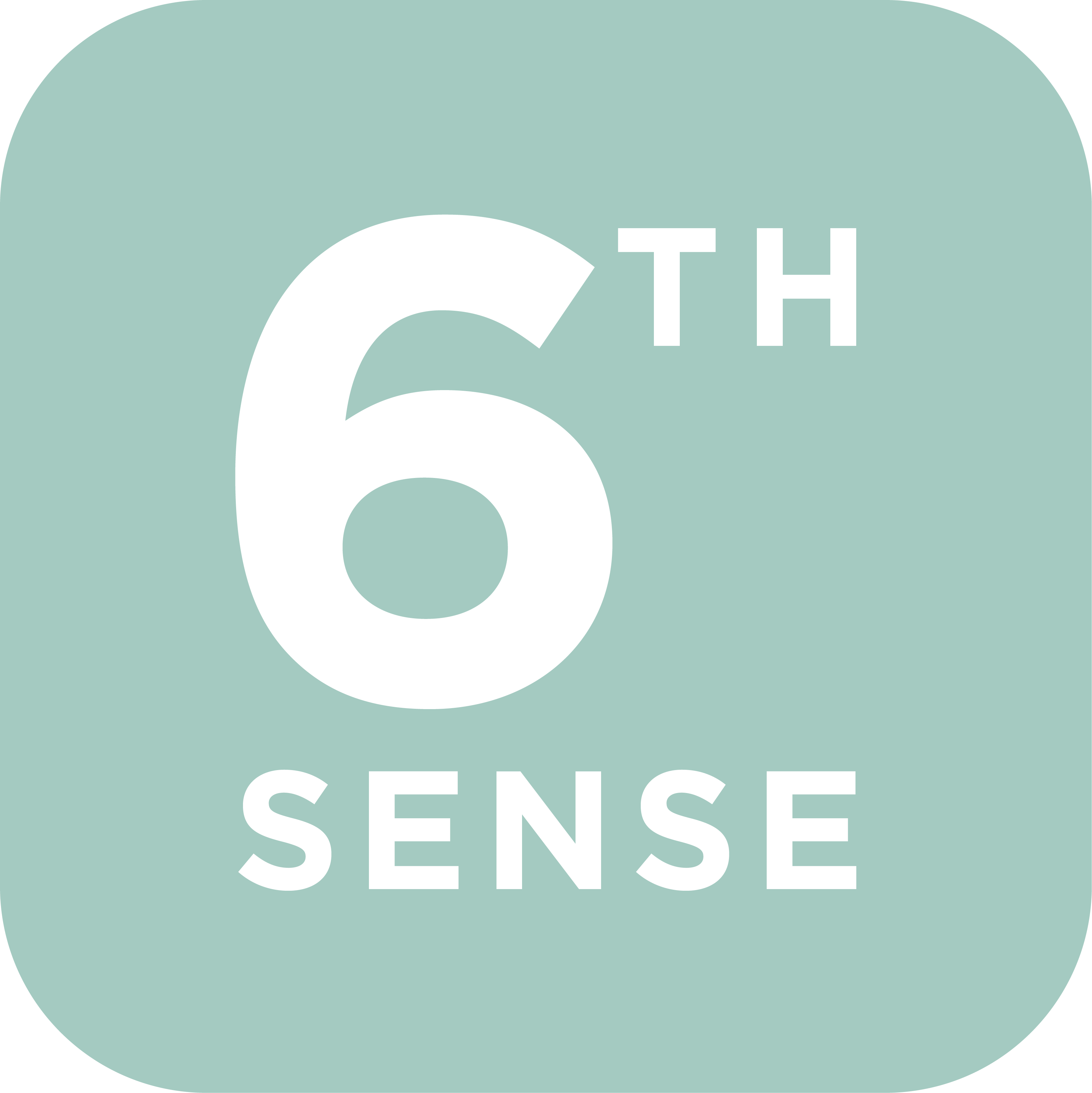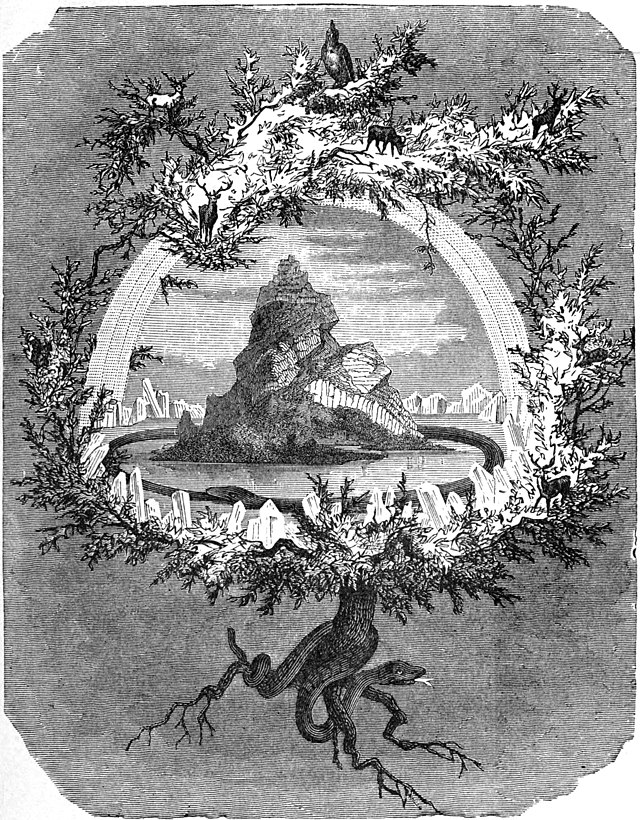Whilst my knowledge of the ancient world is firmly rooted in the classical myths of Greece and Rome, I do enjoy a dabble in pagan Norse mythology – and by far my favorite of those myths has to be that of the World Tree. As a lover of ancient mythologies, it greatly saddens me the extent to which the Norse World tree is forgotten in the great retellings of Norse mythology. The Yggdrasil was central to Norse cosmology: it supported the worlds, provided balance for the universe and perhaps most interestingly, was filled with wacky, bickering animals akin to some kind of viking version of ‘The Magic Faraway Tree’. These inhabitants are what I’d call the perfectly balanced dynamic we see in flat-mates today. You’ve got Ratatoskr – the gossiping squirrel intent on irritating all he can find. The grumpy and easily annoyed Nidhogg, a dragon perpetually harried by Ratatoskr who just wants to gnaw on his root in peace. And the haughty, nameless eagle who sits at the top of the tree – both literally and metaphorically in this pecking order. We also find in the Yggdrasil four stags who eat the leaves of the tree, oblivious to the harm they cause, casually nibbling on the backbone of the universe whilst their fellow house-mates drive each-other mad with taunts and jeering tattle-tailing.
Then we have the humanoids. The landlords if you will. Or perhaps, the adults presiding over the bickering children. First is Mimir, guardian of the well of wisdom, who enjoys the offering of eyeballs à la king of the Æsir, in exchange for a sip from that vast well of knowledge. And, perhaps most well-known: The Norns. Think of them as interfering aunties of the cosmos – the weavers of fate who step in when things aren’t going quite to plan. They care for the tree, giving it a yucky salve that slowly stops the decay of time and jump in on the lives of heroes, kings and commoners alike making sure the all goes to plan. They’re mysteriously multitasked as well, with knowledge of rune magic, midwifery skills and roles as protective spirits of the home.
All in all, the myth of the Yggdrasil seems to be a random hodge-podge of wacky creatures that seem to have no real importance to the actual universe they’re supposed to inhabit. So why did the Yggdrasil play such an important role in the universe? And why are we talking about it now? What does it mean for us as a modern audience? All these questions can be simple answered by this: the Yggdrasil is representative of the fragility of our world, of how the abuse of what supports us, what binds us and keeps balance leads us dangerously close to the brink of extinction. Ringing any bells for any of us?
The climate crisis is becoming more pressing than ever, and after so much abuse, we still are inactive in helping our planet. So many of us continue to ‘munch on the leaves’ and ‘gnaw on the roots’ of our world, oblivious to the destruction we are causing. Supermarkets still sell their most affordable produce in plastic packaging, we insist on buying more cars, more log burners, more exotic holidays, more houses. We say we will do more and yet we don’t. We litter, pollute and then act surprised that we have heatwaves over summer that reach the hottest temperatures ever seen. We act angrily at extreme protesters, at those who want to speak out. Those who want to tip the balance back into equilibrium.
So, why is the Yggdrasill so important? Its sentiment embodies the very nature of our earth and the precarious balance it rests upon. Just like the Yggdrasill, our world is approaching a Ragnarok – the apocalyptic end of everything but the Yggdrasill. And just as everything but the world tree is destroyed, so any environmental apocalypse will cause an end of life on earth, but not an end of the earth. The earth will keep on turning, the earth will still be here, it is us that will disappear. Our earth will die and be reborn again – the same cannot be said for our bodies. We cannot allow our own Ragnarok to happen, we cannot keep harming our World Tree and expect nothing to come of it. The clock is ticking, the horn is close to being blown, the battle for survival is imminent. But unlike Nidhogg, unlike the stags, we are not ignorant. We know what is happening, we can still try to exert some kind of damage control. Be the Norns: endure the yuckiness of the salve, stick at those annoying paper straws, the inconvenience of washing out plastic tubs to recycle them. We have time to repair – let us seize that time with both hands. Let us make a difference before its too late. That is the lesson the Yggdrasill gives to us, that whilst there are many who destroy our supporting pillar, there are others who can help, who can make a difference. The Yggdrasill is a wake up call and a beacon of hope rolled into one. Or maybe its just your average dysfunctional family living in their wacky tree house. I guess it’s up to you to decide.

